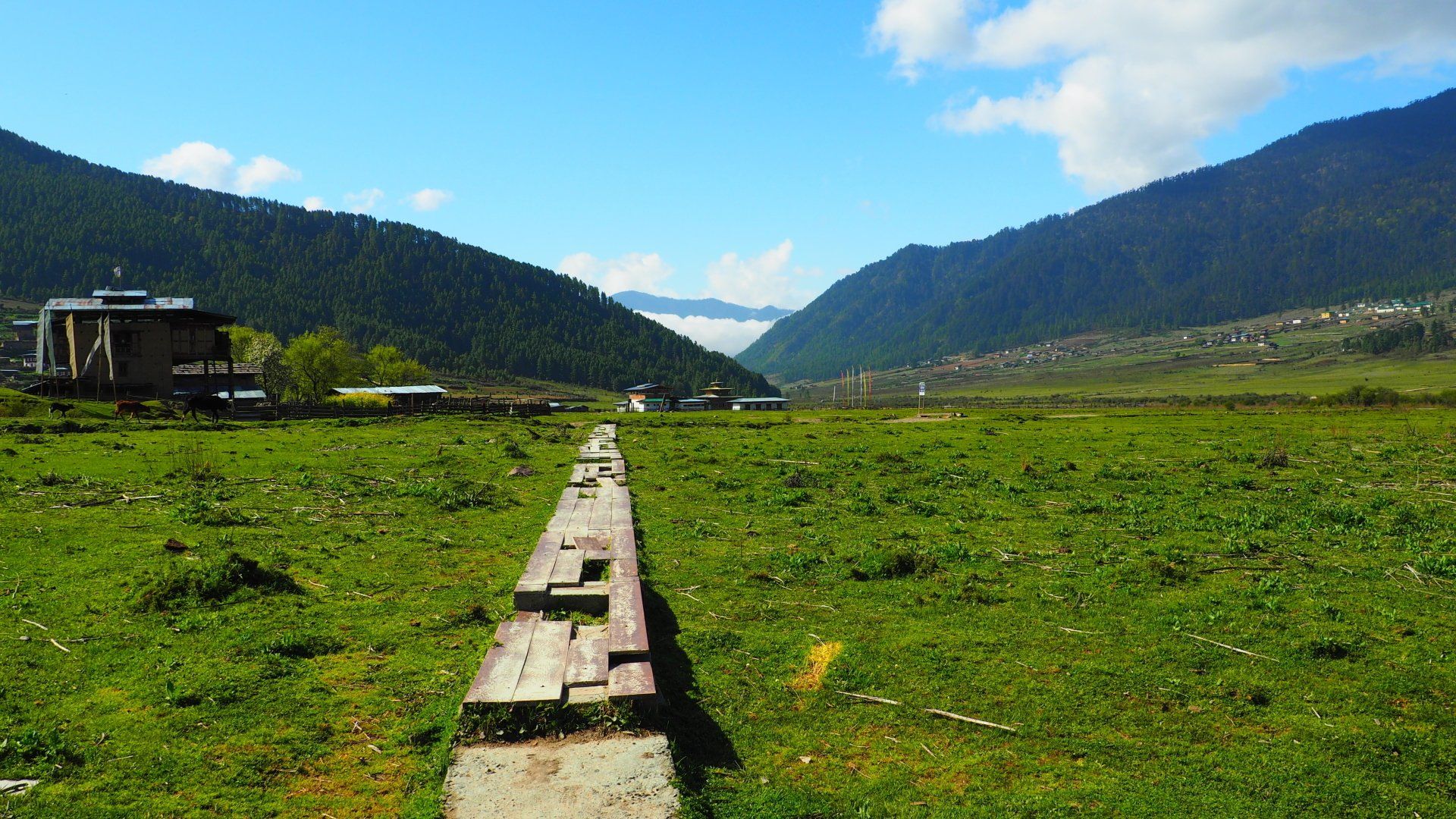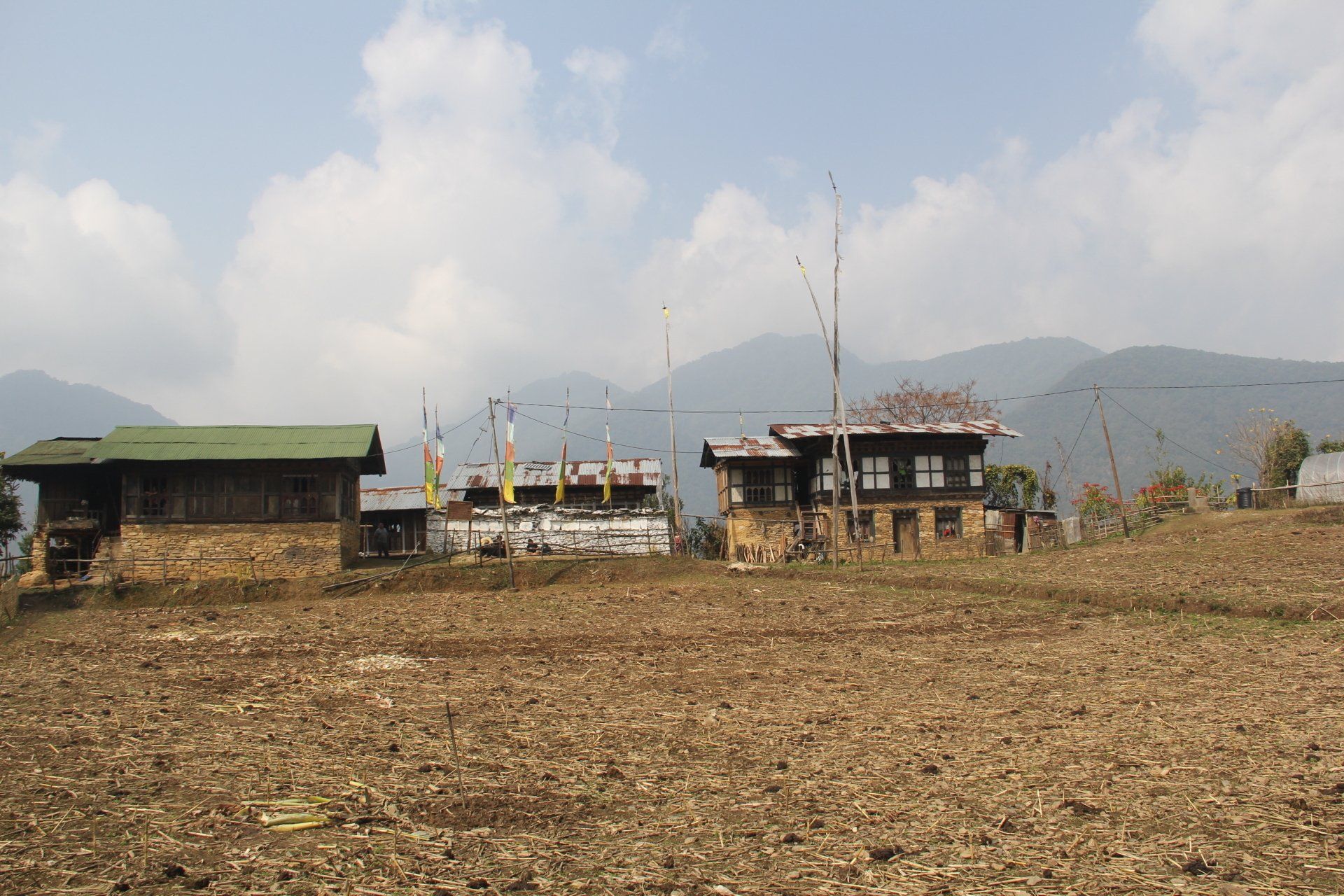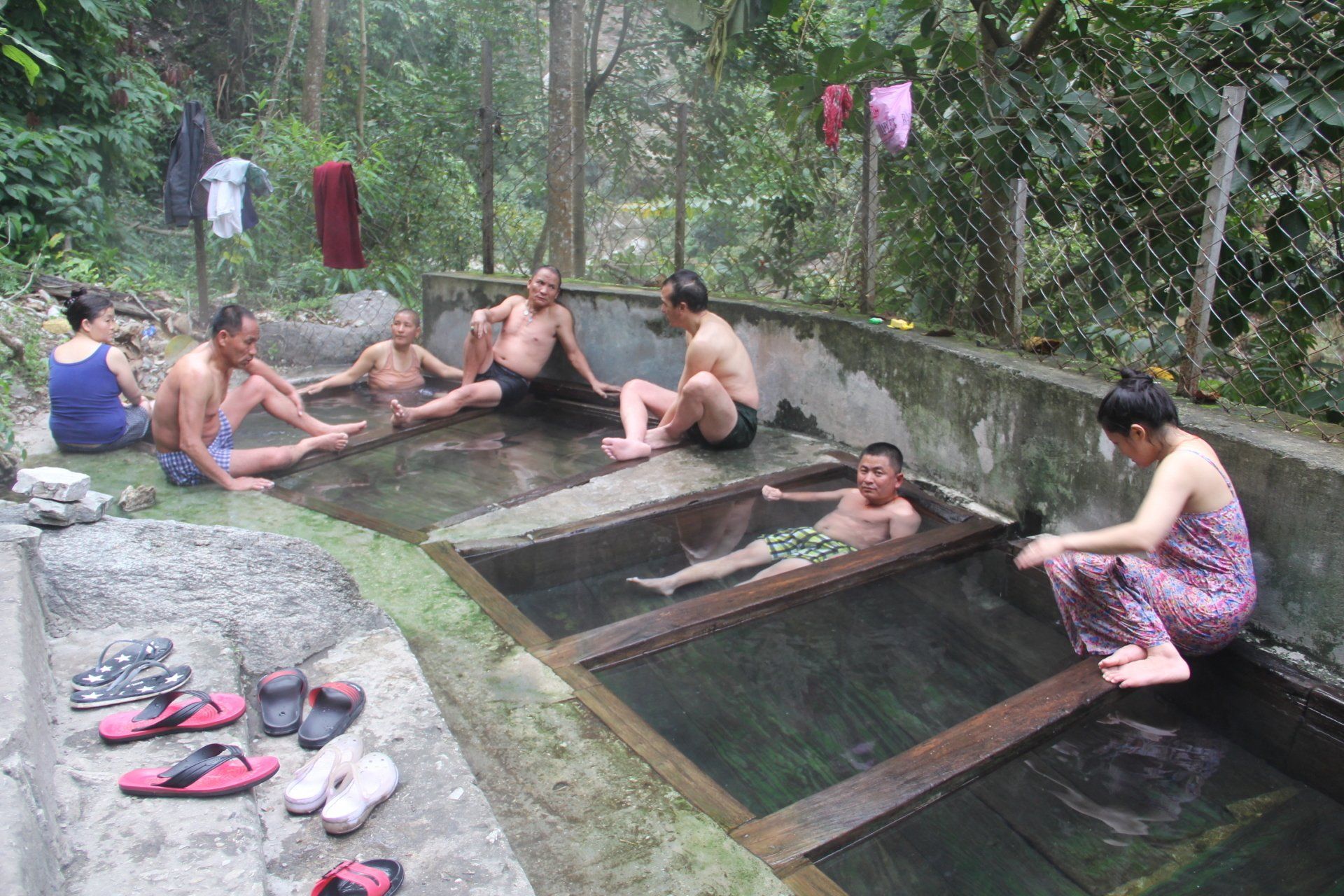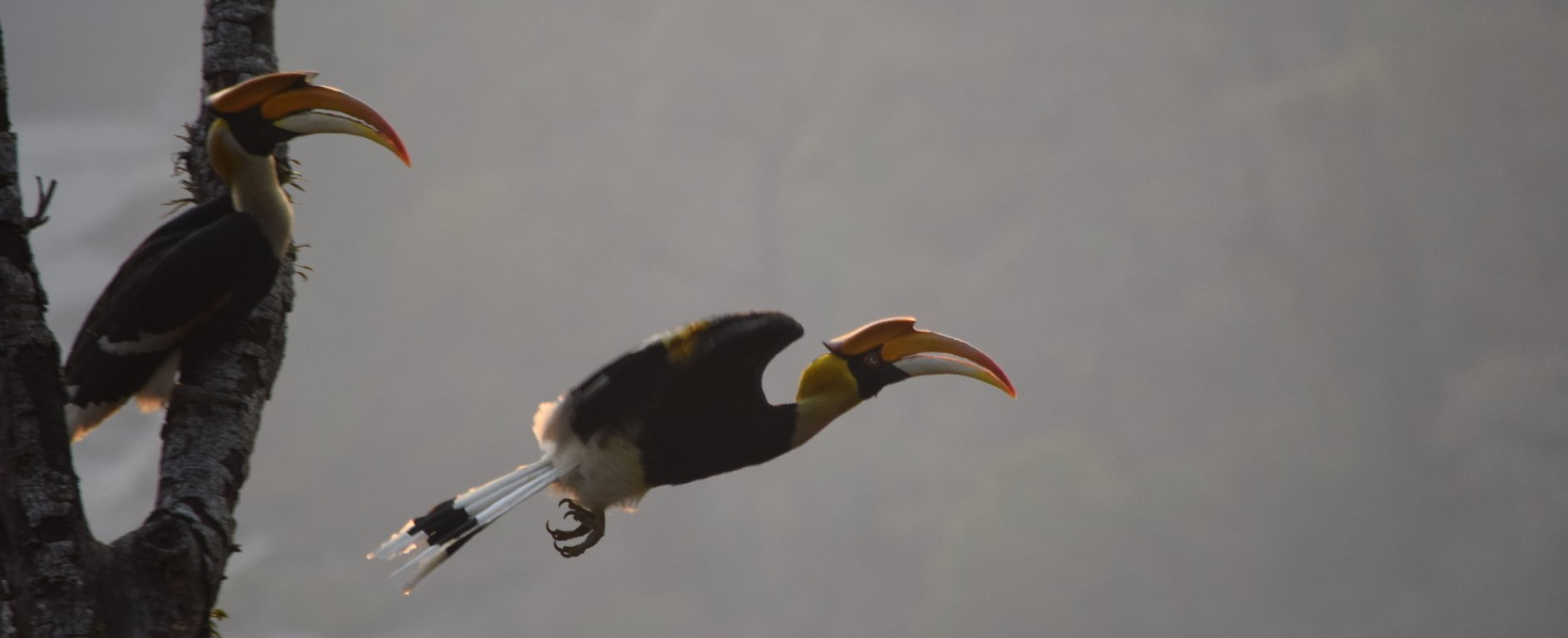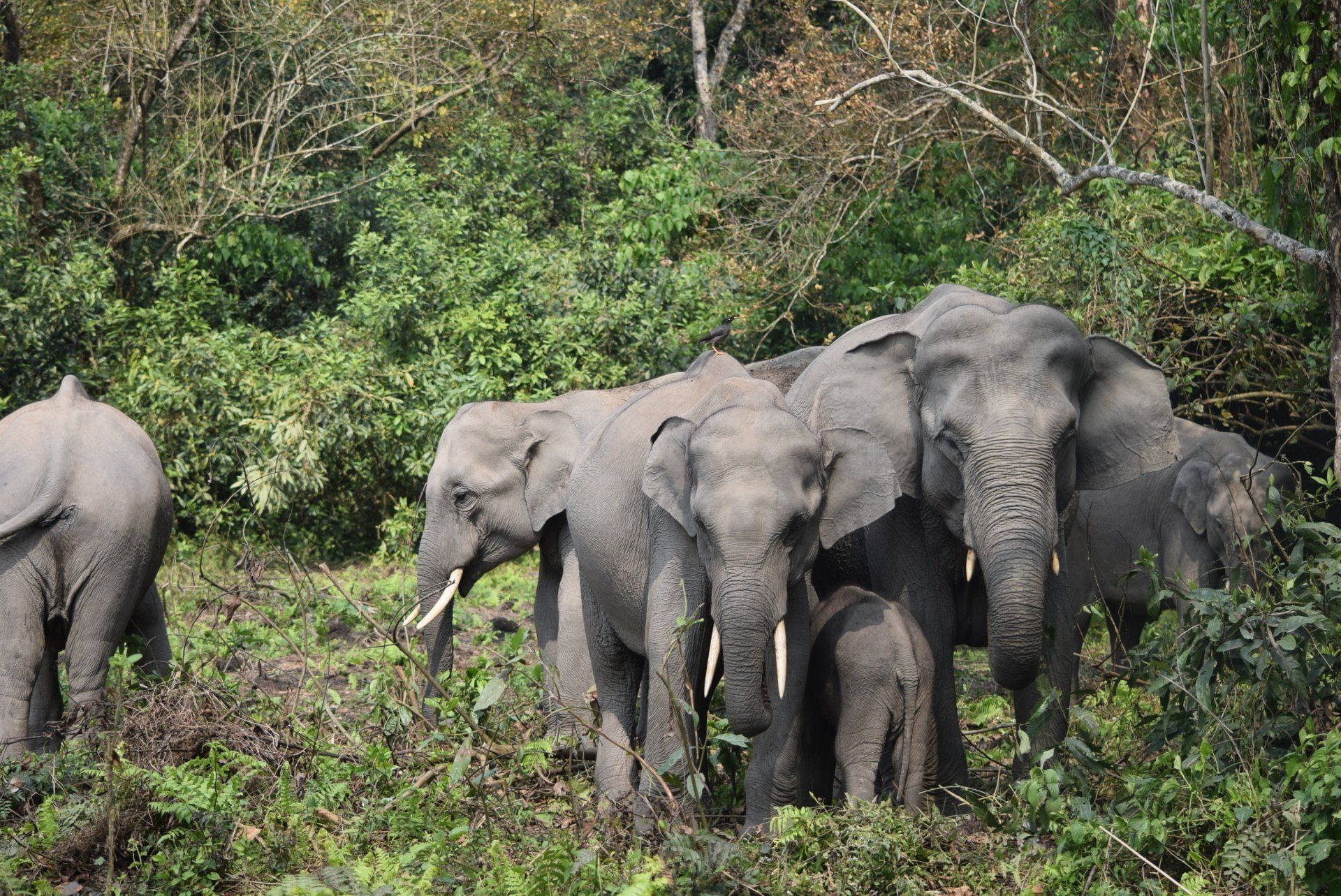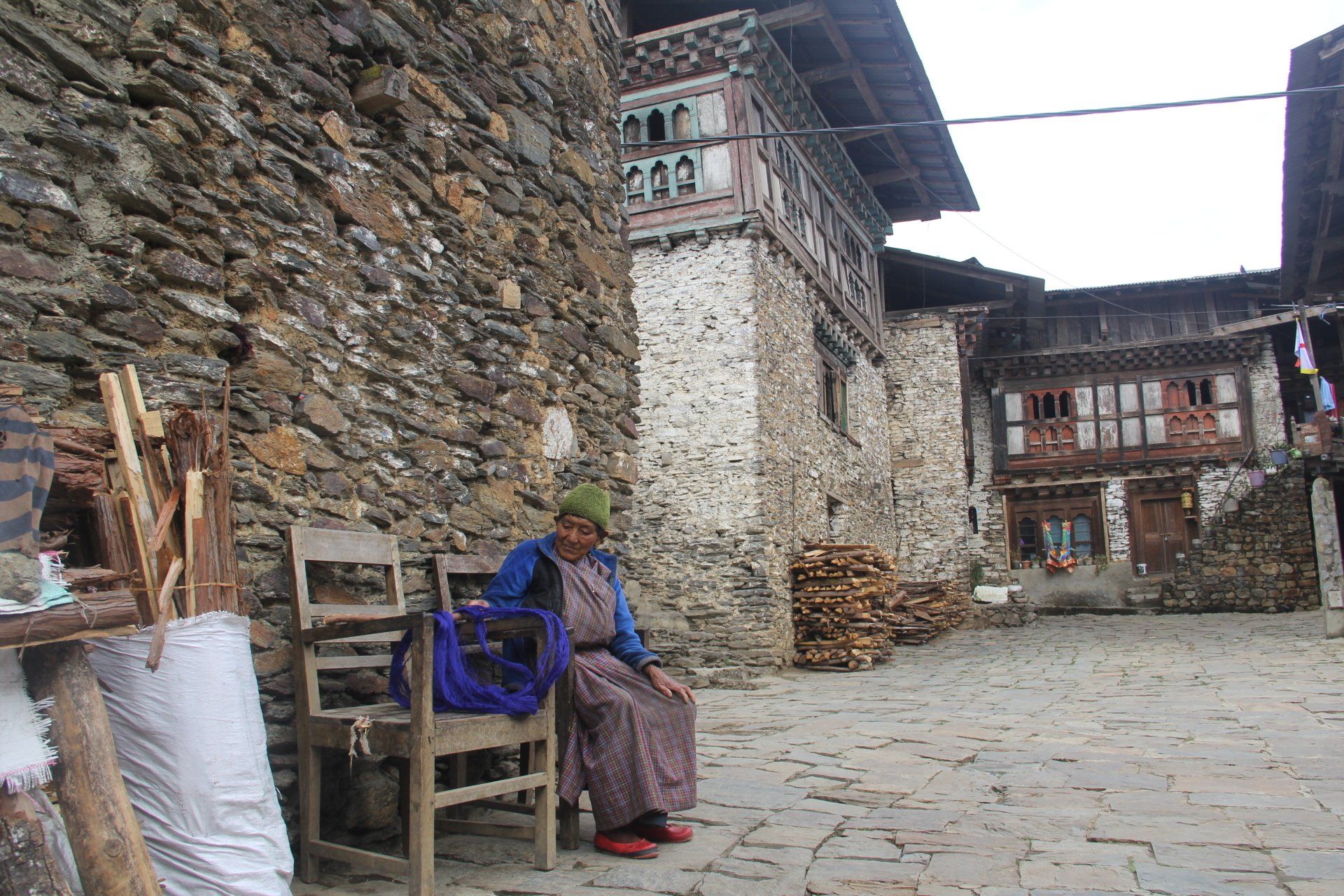Chime Lhakhang / Temple of Fertility
Divine Madman's Temple of Fertility
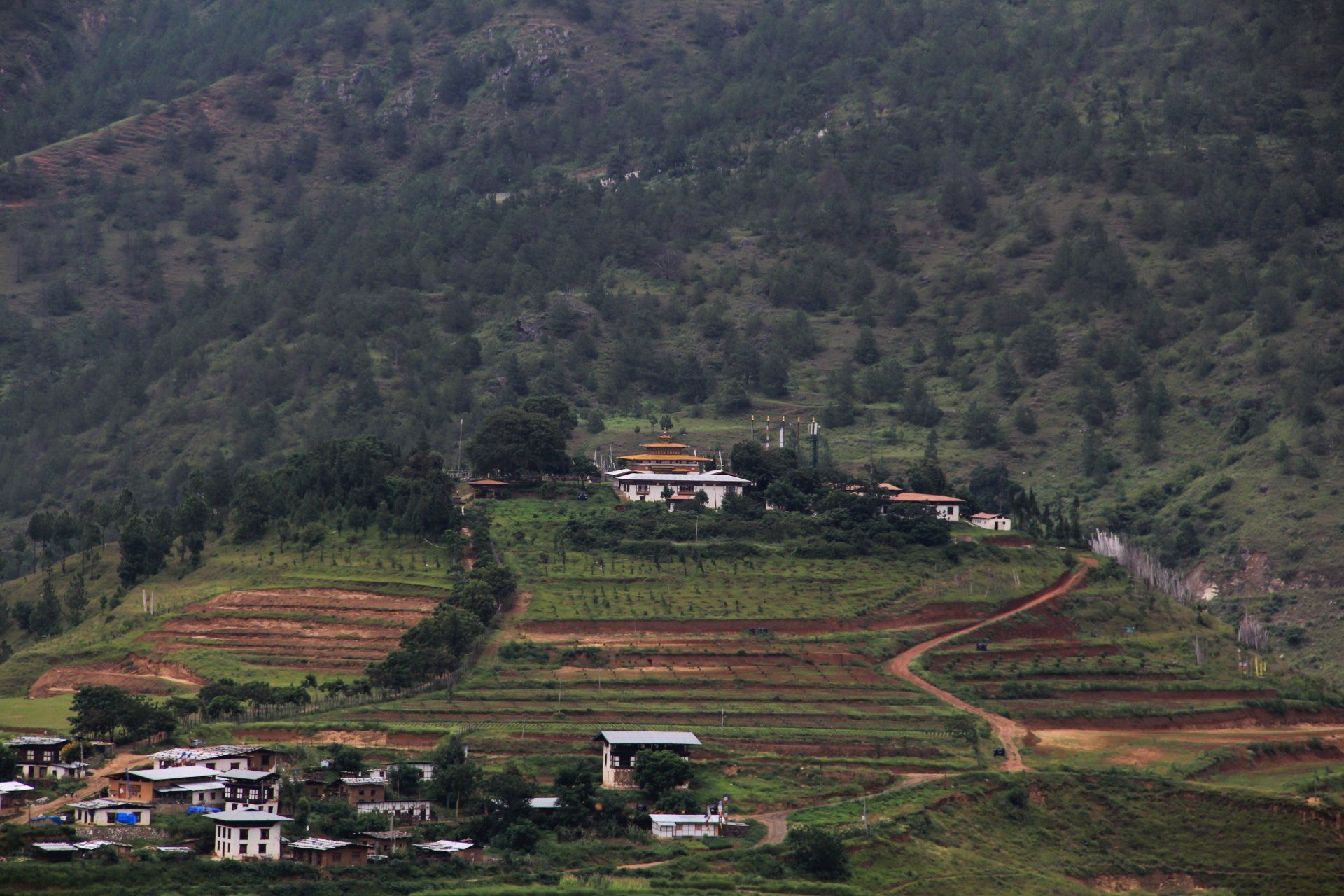
Chime Lhakhang or the Temple of Fertility stands over a small mound in the village of Sopsokha in Wangdue valley. The temple is attributed to the saint Lama Drukpa Kuenley popularly known as the Divine Madman. Lama Drukpa Kuenley is famed for his unconventional methods of teaching through songs, comic acts and often shocking sexual connotations during the 15th Century. There are many stories of the Lama and particularly of his phallus that aided in subduing evil spirits and demons and spreading the teachings of the Buddhism in Bhutan. Over the centuries, the phallus went on to become symbolic of the Raging Thunder Bold of Flaming Wisdom’ in the Bhutanese culture and paintings of flying phalluses adorn many traditional houses not only in Wangdue but all over Bhutan.
‘Chime’ translates to ‘no dog’ in Dzongkha and it is believed that the Divine Madman with his thunderbolt of flaming wisdom tamed a demoness who had taken the form of a red dog. A temple was later built by the Lama’s brother at the site where the demon was subdued, thus the name Chime Lhakhang meaning temple of no dog. After the establishment of the temple, the people of Sopsokha and nearby villages believed the temple aided them in resolving their fertility issues, hence the name Temple of Fertility.
After the introduction of tourism in Bhutan, the temple gained more popularity (internationally) for its fertility blessings and also for the notorious large phallic paintings on the village houses along the way leading to the temple. Today couples from around the world seek blessings from the temple to conceive. Miraculously, there are reports of people who did conceive after visiting the temple and getting blessed on the head by a stone phallus which is considered one of the main relic of the temple. The testimony of such success stories is documented in a photo album compiled for visitors to see at the temple. The temple is easily accessible from the highway and takes about half an hour walk through through terraced fields and clustered farmhouses all decorated with giant phalluses. You will also find handicraft shops selling thangkas and phallus souvenirs along the way.
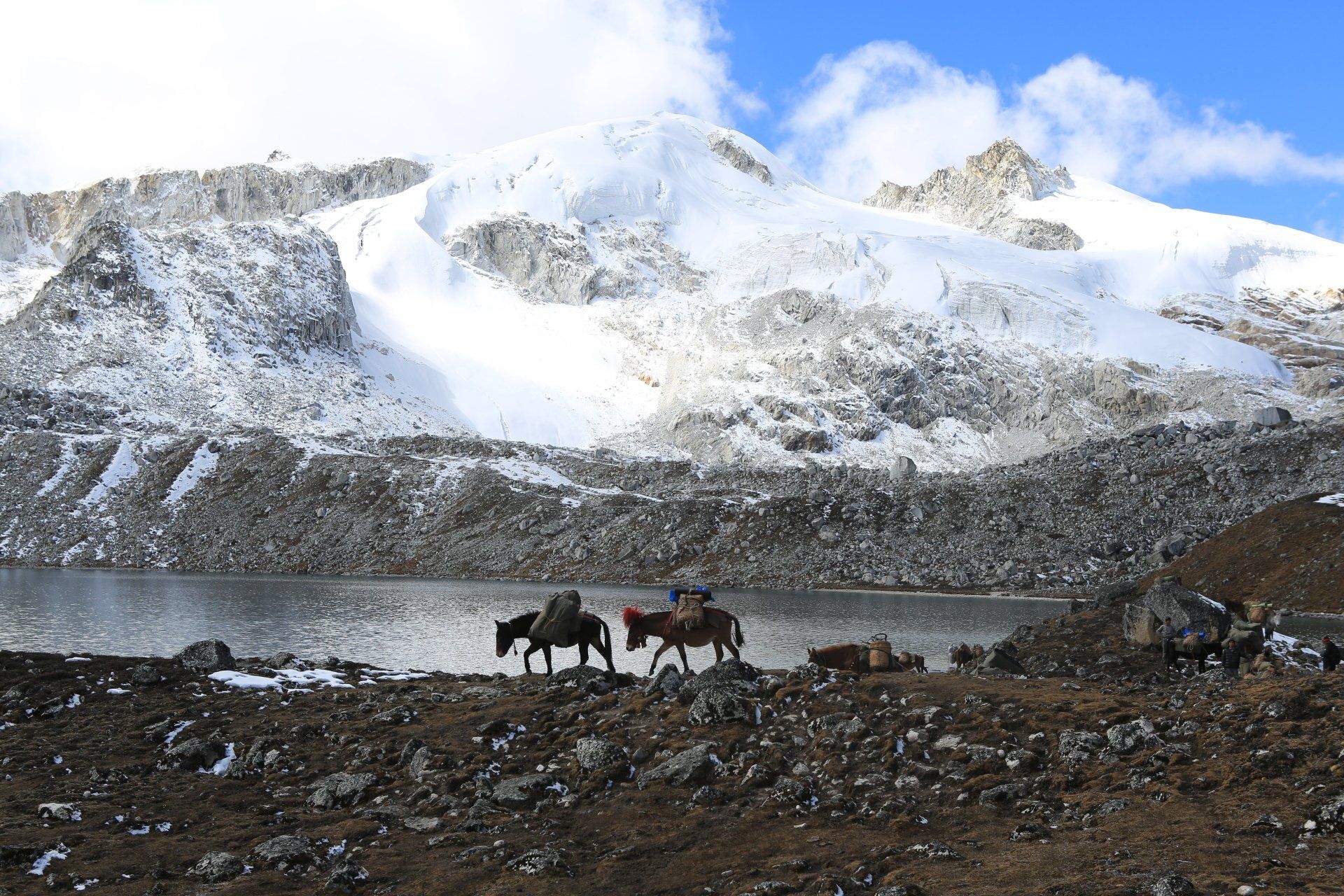
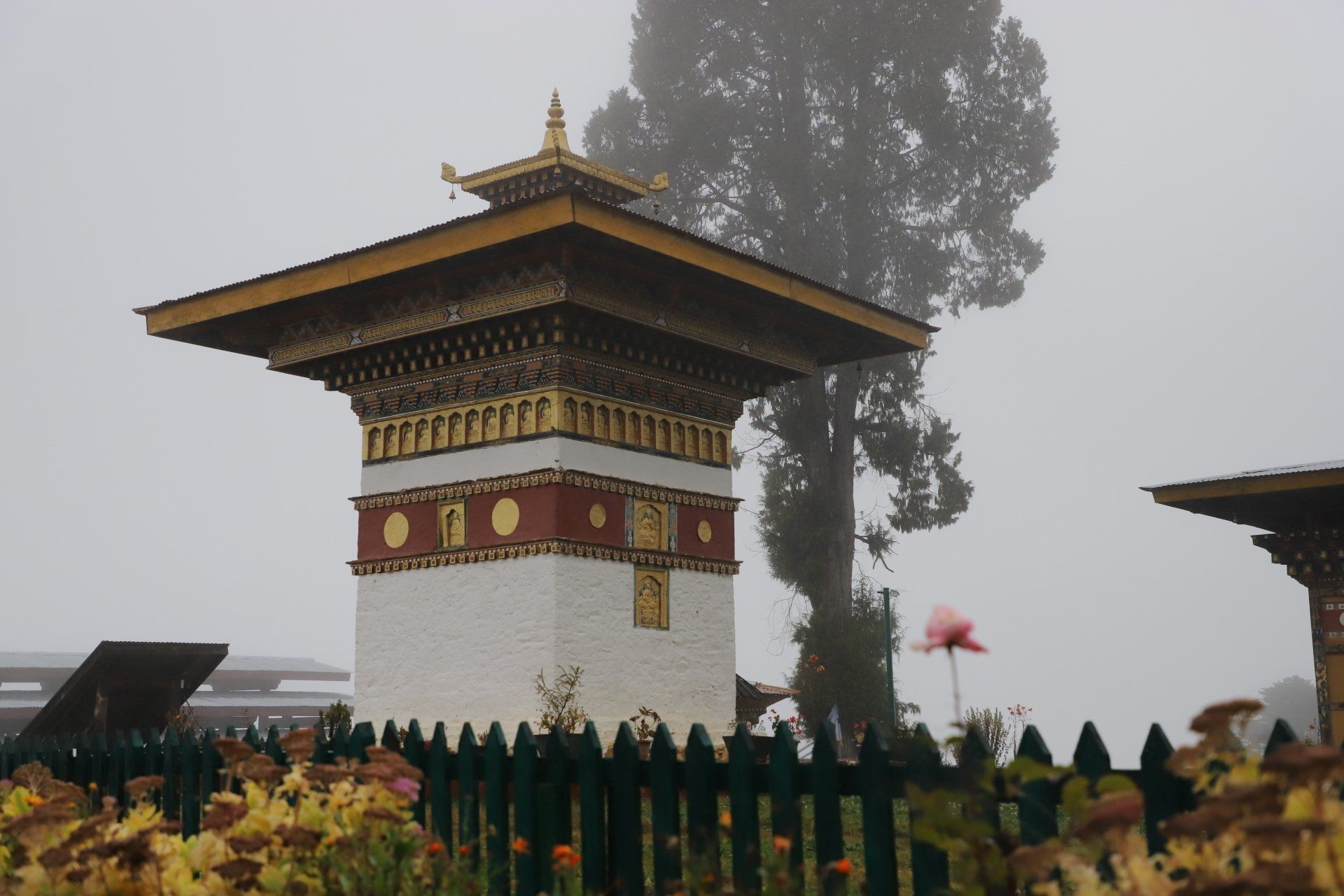
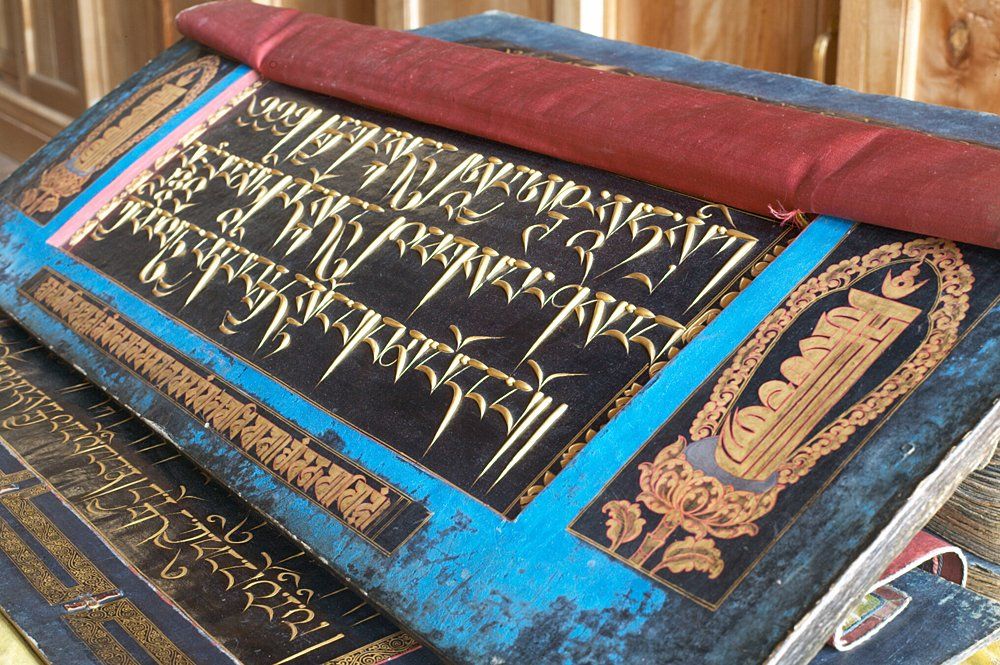
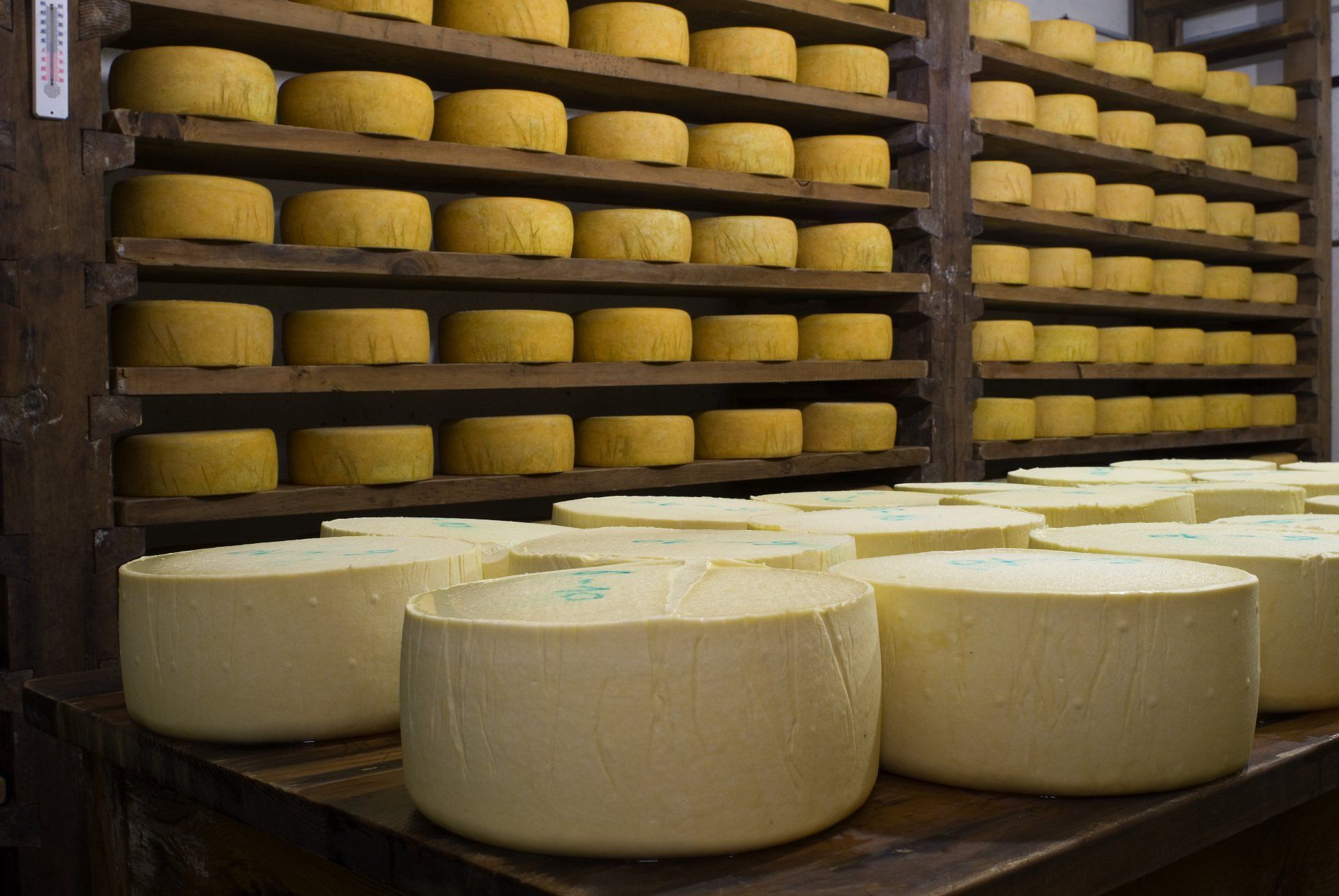
Connect with us
For the latest travel tips and insights on Bhutan travel and holiday
Contact Us
We will get back to you as soon as possible
Please try again later
Changangkha
Thimphu, Bhutan
Mobile - 00985-17131261
